This dual plastic painting is the remarkable work of a little-documented Italian painter whom we studied through nine articles in various publications and a trip to Sicily in order to enrich his biography and examine his other paintings . So we met the civil and religious authorities and traveled the Palermo region in search of discoveries.
Although Italian, Cristadoro here uses a compositional scheme specific to the northern schools in the articulation of the 16th and 17th centuries, even though he painted in the 1650s when Baroque art triumphed throughout Italy. Instead of deploying a scene full of pathos in accordance with the taste for large and empathetic figures, he chose to represent a crowd of small characters spread out over several planes, in the first row of which takes place the nativity with its procession of worshipers where the painter depicted himself scrutinizing the viewer. On the right, the Holy Family is isolated near an ancient ruin in which a stable has been improvised, according to a diagram borrowed from northern painters, at the forefront of which is Albrecht Dürer. In the background, an entire city seems to be alive and bustling, sometimes interested in the coming of the savior of humanity, sometimes indifferent. While some congregate on the right towards the stable, most of these small subjects converse, trade or hunt. However small, these figures are clearly Italian, characterized by the search for beauty rather than naturalism. Finally, while the majority of the architecture adorning the composition is Italianate or Antiquist, the large building on the left is clearly inspired by the civil architecture of the Netherlands with its stepped gable roof.
This interpenetration of Nordic and Italian iconographies plunges the researcher into the greatest circumspection. Why would a Sicilian artist compose like a Flemish? To this question, the art historian Vito Chiaramonte offers an answer in the collective work Mirabile Artificio, Pittura religiosa in Sicilia dal XV al XIX secolo: “… This aspect of its figurative culture allows us to put forward the hypothesis that Cristadoro's training could have been with a Flemish master active in Sicily such as Hyeronimus Gerards (1595 – 1648) or with a Sicilian who trained with a Flemish man. »
Our Adoration of the Magi is signed and dated unequivocally: “SAC: D' MATTHEVS CHRISTADORO PINGEBAT/ANNO DOMINI 1657” followed by “P: D: PETRVS MARIA PIAGGIA A/ PAN/ F: F:” which can be transcribe “The priest Don Matteo Cristadoro painted it in 1657 for Peter Maria Piaggia in Palermo”. Matteo Cristadoro is therefore a priest, he is registered as a canon at the cathedral of Agrigento, which gives him time to devote himself to painting. The sponsor Pierre Maria Piaggia, protégé of Cardinal Francesco Barberini, will be abbot commander of the abbey of San Martino delle Scale (Saint-Martin-des-Marches) in 1670.
To date, only two other works by Cristadoro are listed and preserved in Sicily: the first is a large altar painting representing The Preaching of Saint Francis Xavier signed and dated 1650 at the Santa Agata church in Caltanissetta, and the second a oil on copper, also signed and dated 1659 representing God the father painting the Virgin at the monastery of San Martino delle Scale.
We have chosen to present the work to you in a rare Spanish or southern Italian frame in carved and gilded wood from the 17th century.
Dimensions: 64 x 102.5 cm (80 x 119 cm with the frame)
Sold with invoice and certificate
Provenance:
- Petrus Maria Piaggia (1597-1679), protégé of Cardinal Francesco Barberini, in 1657.
- Exit from Italy during the suppression of orders in 1866, entered into a private Spanish collection.
- Former collection of Luis Maria Aznar senator of the province of Santander between 1916-1923.
Our investigations made it possible to publish the first study of the work painted by Matteo Cristadoro. The work is published in English, Italian and French. Also, with our Sicilian interlocutors, we discussed the future programming of an exhibition bringing together the three known works at the Monastery of San Martino on the one hand then at the Abatellis Palace in Palermo (regional museum of Fine Arts) on the other hand . These efforts should make it possible to see new works preserved in private collections emerge in order to expand the corpus of this talented Sicilian painter.
Bibliography :



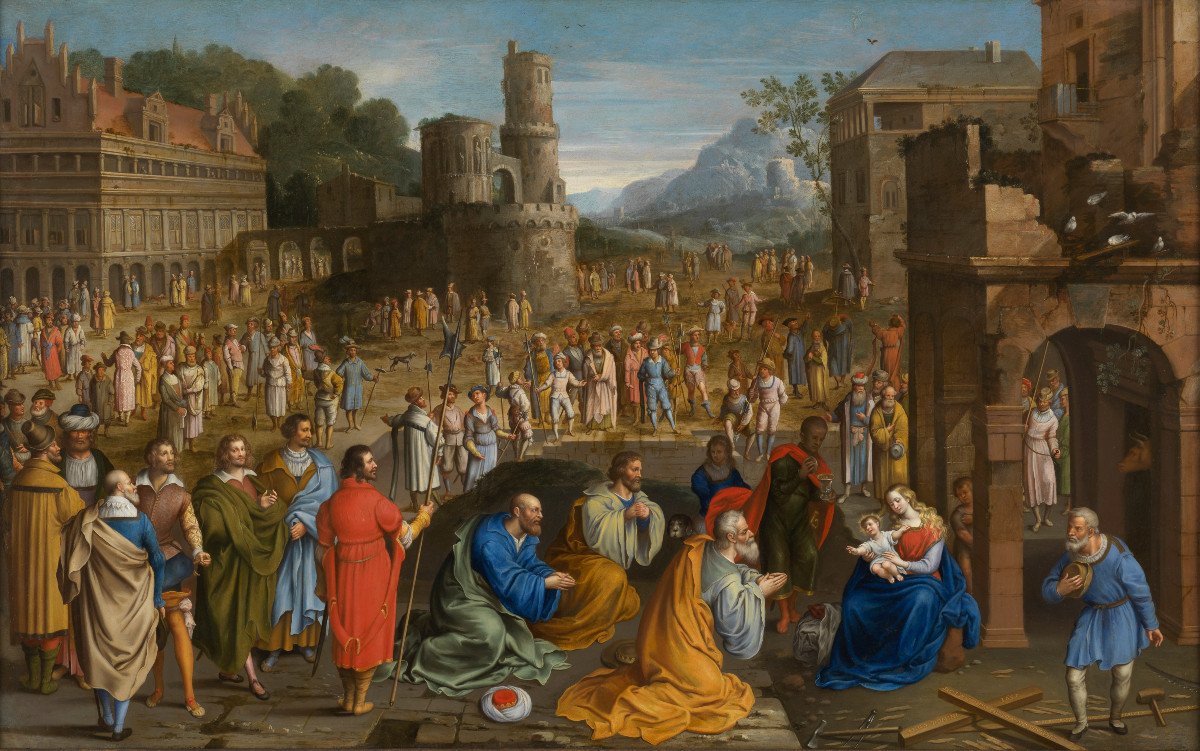



















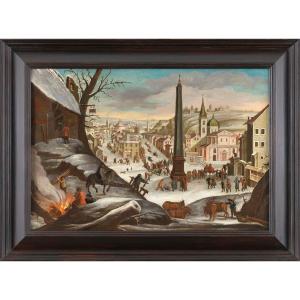




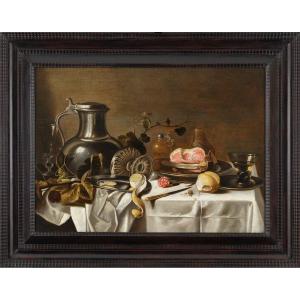




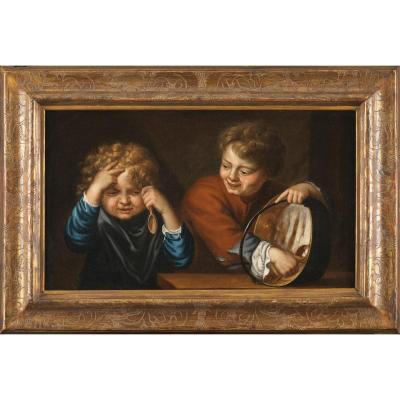

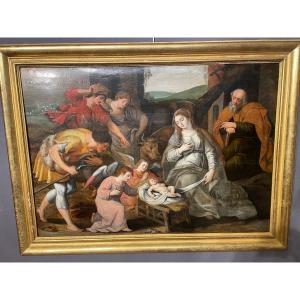

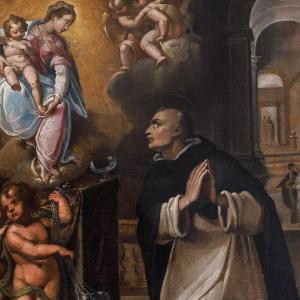
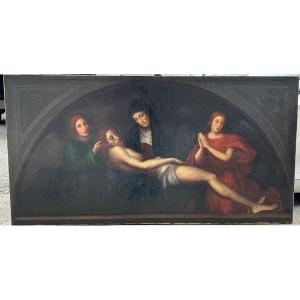




 Le Magazine de PROANTIC
Le Magazine de PROANTIC TRÉSORS Magazine
TRÉSORS Magazine Rivista Artiquariato
Rivista Artiquariato